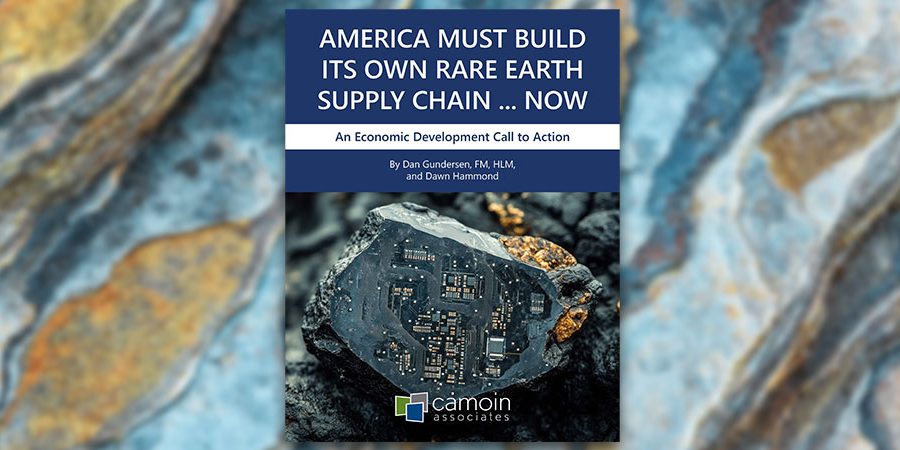- Project
- Northeast
- State
- Manufacturing
- Strategic Planning
- Workforce Development
 The Challenge
The Challenge
Maine’s Advanced Manufacturing sector is facing both significant challenges and exciting opportunities as an aging workforce and rapid technological advancements transform the industry’s landscape.
To secure a strong pipeline of future talent, a consortium of industry leaders set out to gain a deeper understanding of Maine’s Advanced Manufacturing workforce, including where barriers to entry exist and which skills are needed for career advancement. This work was conducted in coordination with Maine’s Forest Bioproducts Advanced Manufacturing Tech Hub, ensuring that workforce strategies align with emerging opportunities in sustainable and bio-based manufacturing.
The Solution
The Maine Technology Institute (MTI), in partnership with the Maine Department of Labor and the Manufacturers Association of Maine, hired Camoin Associates to analyze challenges relating to the state’s workforce shortages and develop strategies to expand the Advanced Manufacturing sector.
To do so, Camoin Associates used qualitative and quantitative methods to analyze Maine’s labor market, gathering insights from employers, educators, and training partners to identify ways to better connect job seekers with in-demand opportunities in the region.
The Camoin Associates team developed a comprehensive survey targeted at distinct audiences to gain insights from a cross-section of employees, employers, and career advisors.
The Impact
Camoin Associates produced a workforce gap analysis and strategic plan, which included an overview of the existing labor supply in Maine’s Manufacturing sector and a measurement of the gap between labor market demand and workforce supply over the next five years. The team validated this analysis by inventorying current training programs, interviewing business leaders, engaging with current and potential workers, and discussing the priorities that emerged with state leadership.
This information was the foundation for developing career pathway talent maps, which visualize how workers can grow their careers in high-priority occupations. The results established strategic priorities for future workforce development, highlighting opportunities to enhance or expand talent pipelines and training programs.
View all the strategy documents
Services Provided:
- Strategic plan
- Workforce gap analysis
- Training and workforce program inventory
- Stakeholder engagement
- Survey development and analysis
- Career and occupation pathway analysis
- Career pathway talent maps
Learn more about our Workforce Development and Talent Retention services

![US Foreign Direct Investment (FDI) 2025 Mid-Year Trends [Infographic]](jpg/web-header-900x600.jpg)
